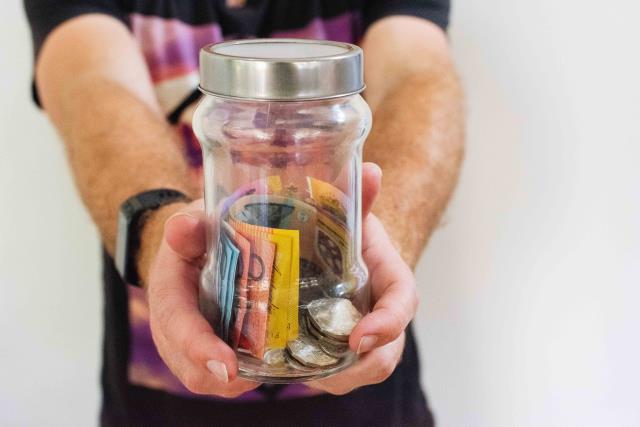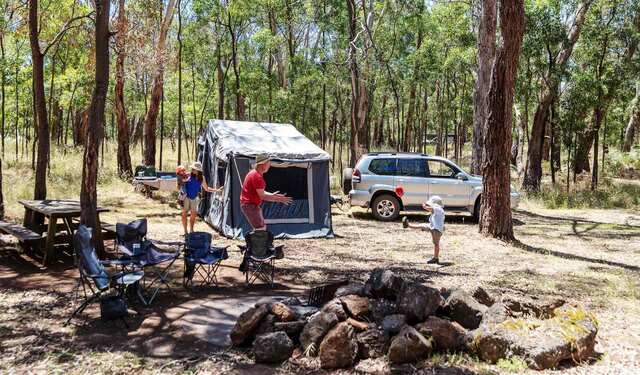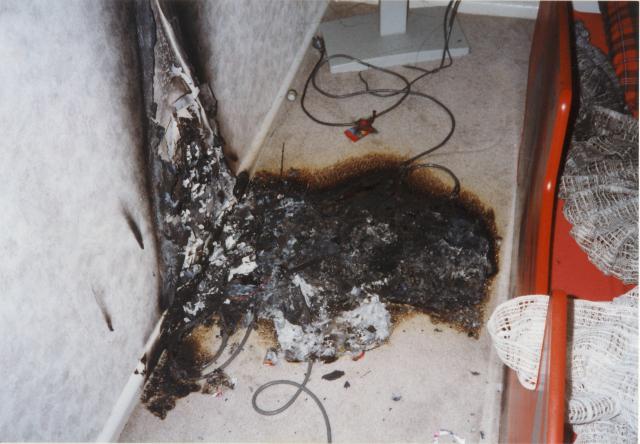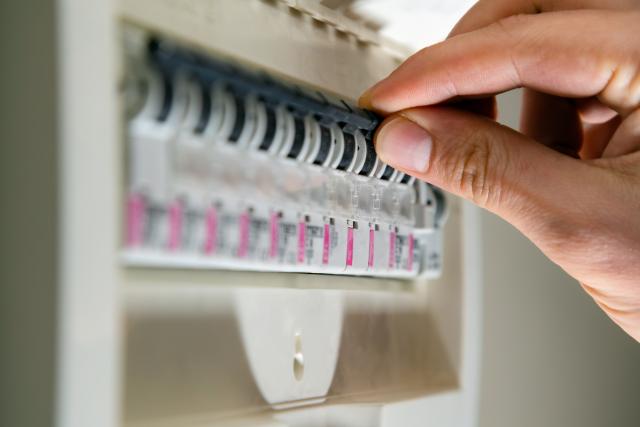The Melton municipality has the lowest level of income inequality in Victoria, according to latest Australian Bureau of Statistics (ABS) data.
The Gini coefficient is a summary indicator, usually between zero and one, that indicates the degree of inequality among total incomes within a region.
A value of zero indicates that all earners reported the same amount of income in that region. Higher values represent relatively higher levels of income inequality.
Melton has a Gini coefficient of 0.396, with the top 20 per cent of earners making 3.94 times the annual income of the lowest 20 per cent.
Comparatively, the inner-east Melbourne municipality of Boroondara has a Gini coefficient of 0.589, with the top 20 per cent receiving 7.5 times the income of the lowest earners.
University of Melbourne Professor of Economics Jeff Borland said there’s a range of work that shows that “where the distribution of income is more even that relations in society are often more harmonious.”
Professor Borland said most of the research into lower inequality increasing harmony and economic output is on national levels, meaning it may be more noticeable that Australia has a Gini coefficient of 0.484, with the top 20 per cent earning 5.03 times the lowest 20 per cent.
However, he said at a local level it still may have an effect.
“I suspect that for lots of people, because they live in the area, some part of what they feel about the equality of society is going to be very directly determined by the suburb they live in because that’s what they observe day to day – other peoples housing, other peoples spending,” he said.
“But it’s unlikely to be the only thing because people have a broader frame of reference as well.”
Professor Borland said the feature that stood out for him in the data is Melton also has a low Gini coefficient but also relatively high median income, which is the 19th highest in Victoria and more than $1500 more per year than the national median.
“We’d usually consider the sweet spot as a higher average income for spending power and that sort of thing but also living in an area where there’s a greater degree of equality,” he said.







